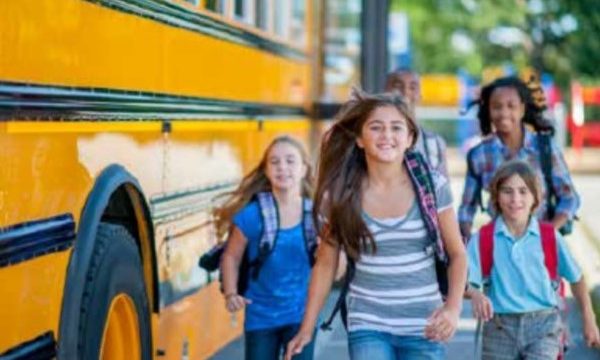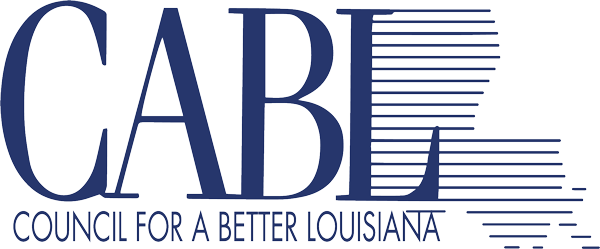
There is suddenly a lot of discussion going on at the national level about the reopening of schools in the fall. While it’s gotten a good deal of media attention, it may be something of a moot point since those kinds of decisions are typically made at the state or local level. Here in Louisiana, Governor John Bel Edwards has indicated that he expects schools to open on time this year, but with one big caveat – in many cases, the school experience will be much different than what kids and teachers are accustomed to.
With the opening of schools in most places in Louisiana just a month away, it seems strange to think that no one really knows what that will look like this year, but that’s absolutely the case. Schools have been working on reopening plans for weeks and the state recently put out its own guidelines. All are based on guidance from the national Centers for Disease Control and Prevention. Together, they give a glimpse of what parents and students can expect, and no matter what the COVID situation, it will be quite a change.
Louisiana is currently in Phase 2 of reopening and in broad terms, the rules that apply to restaurants and other businesses also apply to schools. Generally, that means group sizes would be limited to 25 people, including adults, school buses can be filled to only 50-percent of capacity, students in third grade and up should be wearing face coverings, and everything will have to be cleaned every time a new group of students comes or goes.
That might seem manageable at the macro level, but when you get into the school building itself, a multitude of issues arise. How do you configure classrooms to accommodate smaller class sizes? How do you move kids around between class breaks and maintain social distancing? What does the lunch hour look like? How do you get students to school in buses that must be half empty? What happens to extracurricular activities? How do you keep kids apart when they are all arriving and leaving at the same time? How do you protect certain teachers who might be more vulnerable to the disease?
And what happens when your child’s teacher or best friend tests positive for COVID as some inevitably will? Will you, your family, and maybe even co-workers be required to quarantine?
Just as education leaders are thinking through these things before the school year begins, so, too, should parents understand how different this school year will be. Herding kids, particularly younger ones, is much more difficult than regulating the movement of adults. Some are going to get sick, some are going to bring the disease home, and some are going to infect their parents. That’s just a reality, but it’s something people need to consider and prepare for in advance.
Many districts are looking at hybrid models where every school would offer distance learning to accommodate parents with concerns about sending their children to the school building. But they would also have classroom instruction available every day for younger students and a mixture of online and in-person learning for middle and high-school students. These are among the options under consideration, but the final plans will vary by district.
The point is not to scare or overly concern people, but to recognize this year school is going to be much different than it ever has been. There will be some risk in sending children to school. But it should also be recognized that there is a significant risk in not sending kids to class. Their learning experience was already disrupted in the spring, many will no doubt be behind where they should be in the fall, and the consequences of falling further behind could have a lifelong impact.
Beyond that, schools do much more than just educate kids. They provide nutritious meals that many children might not otherwise have, they offer mental health and social support services, and they monitor children for signs of abuse or neglect at home. In many ways, they are a significant safety net for hundreds of thousands of kids that need it.
The bottom line is no matter what discussions might be going on nationally, schools are an essential service. In their own way, we need them as much as we need grocery and drug stores. Without them, our communities can’t function.
Because of that, our schools need to reopen. But we must do so with understanding and care. And just as we expect our schools to keep our children protected, we have the same responsibility to cover our faces, keep our distance, and follow the proper guidelines. If we don’t want our children placed at unnecessary risk at school, we all need to play by the same rules they do.
